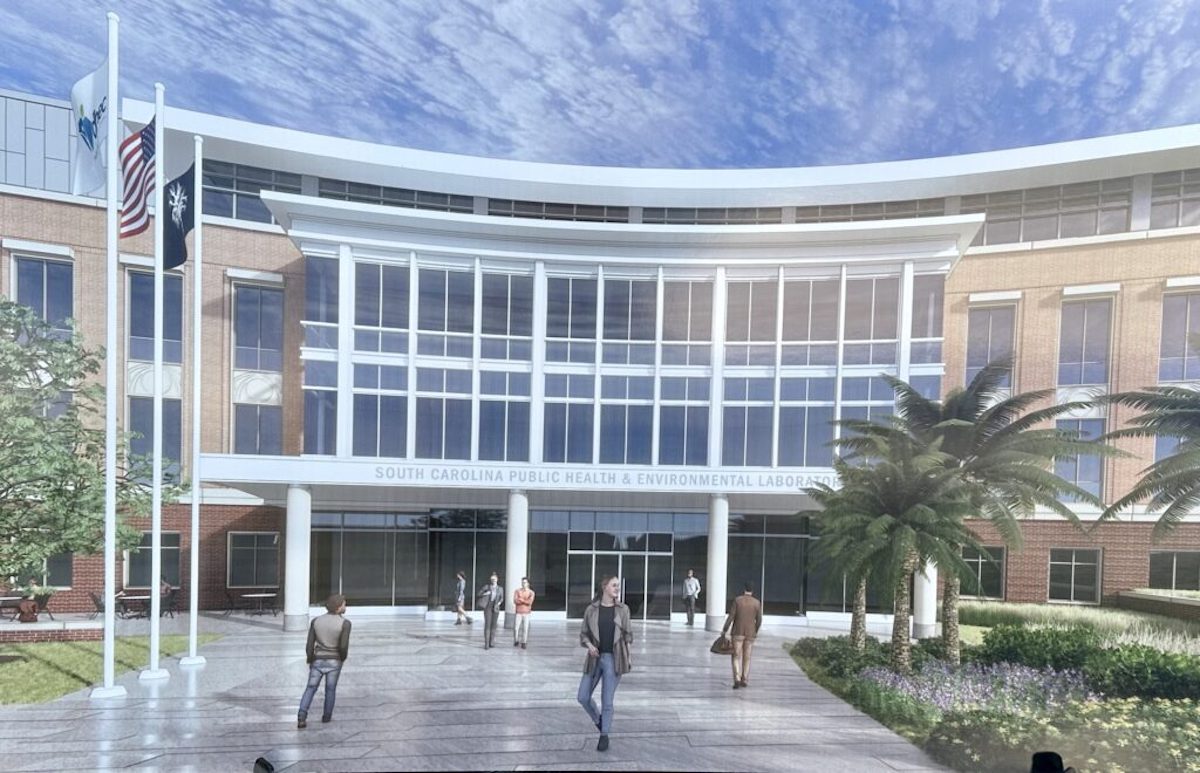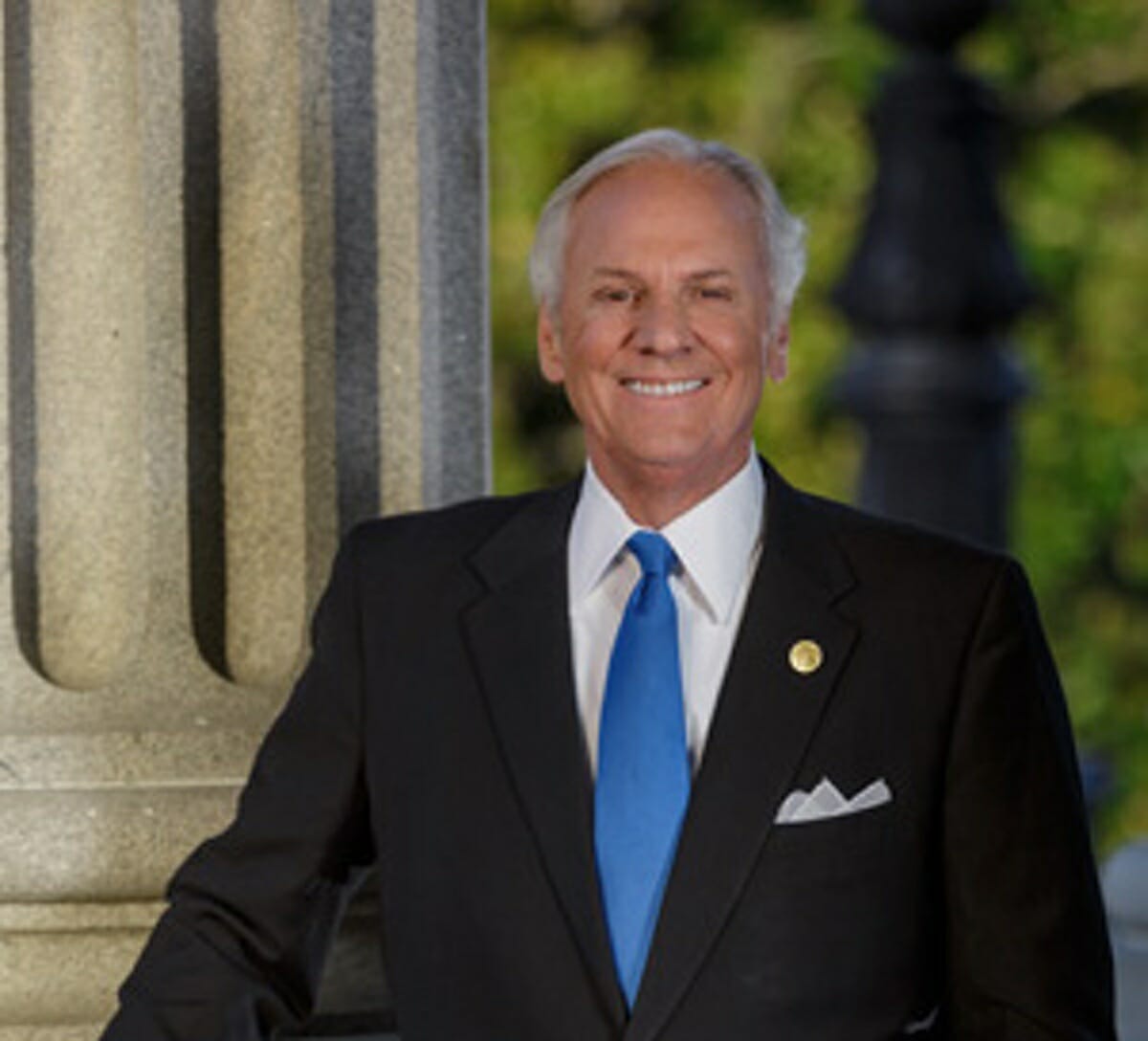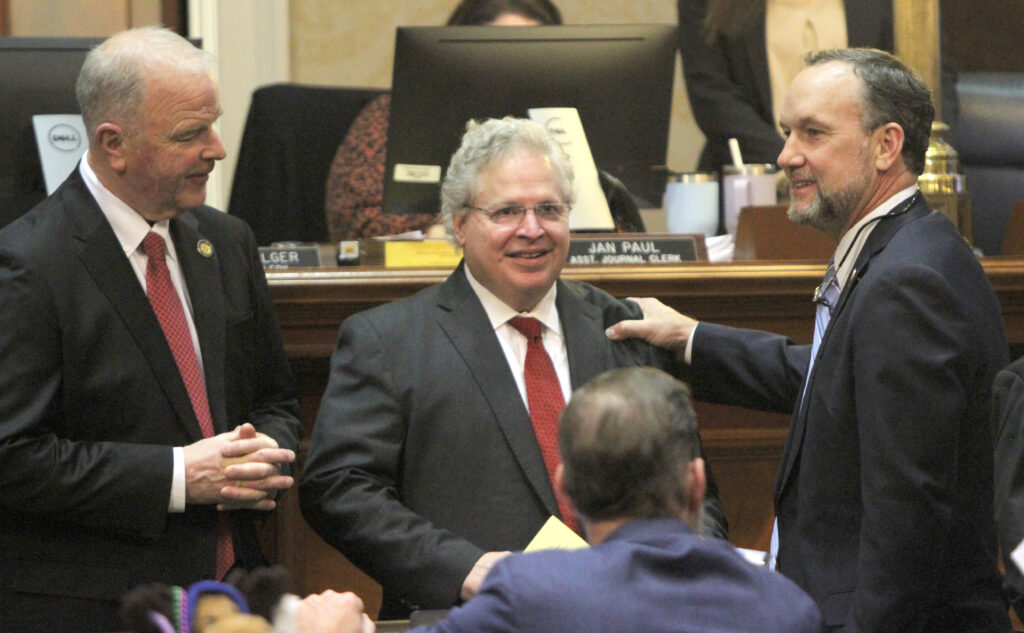DHEC broke ground on much-needed lab in Columbia
By Jessica Holdman
SCDailyGazette.com
COLUMBIA — South Carolina’s public health and environmental agency will break in two this summer. But the divided departments will continue to share a new and long-overdue laboratory.
“We’re going to have two great state agencies working together,” said Dr. Edward Simmer, director of the state Department of Health and Environmental Control.
Governmental leaders celebrated Thursday, March 7, the groundbreaking for a $116 million building that will house the state’s central lab for disease testing and control, as well as air and water quality testing.
Simmer called the future 140,000-square-foot building, paid for largely with $105 million in federal COVID aid, a “profound investment in the people of South Carolina.”
The building will replace the state’s aging laboratory in northeast Columbia, which opened nearly 50 years ago. About 300 people work there.
The department has sought to replace the building since 2016. Then the onset of COVID-19 in 2020 exposed and exacerbated the lab’s shortcomings.
“From recognizing the critical need for a new lab to taking it to the Legislature and securing the funding, this project represents the culmination of a lot of hard work,” said Seema Shrivastava-Patel, chairwoman of the agency’s governing board.
Crews will construct the new lab next door to the existing building. It is scheduled to open mid-2026.
Simmer said the state does not yet have a plan for the current lab after the new one is operational. Perhaps it will be extra storage and offices.
“We have used this building to the fullest,” Lt. Gov. Pam Evette said.
And then some.
For example, a structure was built over the building’s existing roof because it was beyond repair. The building’s ventilation and water systems have failed on multiple occasions. And work has stopped during multiple summers when the air conditioning could no longer keep up, interfering with lab instruments sensitive to temperature and humidity, Simmers said.
Cardboard boxes full of lab supplies are stacked six or seven high in the building’s hallways due to a lack of storage.
Equipment has overloaded the building’s electricity at times, a major problem for time-sensitive infant health testing performed by the lab, said Chief Medical Officer Dr. Brannon Traxler.
The lab runs panels of tests on some 50,000 blood samples annually, which must be completed within 72 hours to give doctors time to treat three or four dozen potentially fatal diseases in newborns. Traxler said the lab has had to send the samples to other states for testing and once even wrote a letter to the Transportation Security Administration seeking clearance for carry-on samples that had to be flown to Tennessee.
Meanwhile, South Carolina ranks 45th in the country for infant and maternal mortality, Simmer said. Five out of every 1,000 babies born in the state don’t survive to see their first birthday.
“I really see this facility as hope for the future,” Simmer said.
He pointed to the state’s long-abandoned tuberculosis hospital, visible through the trees behind the lab site, as an example of how far public health has come in the state.
“We no longer need it,” he said, as the deadly disease is now largely preventable.
Shrivastava-Patel said she and her fellow board members will continue to advocate for public health and environmental protection in the state, “even though we’re going to be dissolved July 1.”
At that time, Simmer will become head of the state public health department while Environmental Affairs Director Myra Reece will step up to lead environmental regulation in South Carolina.
Jessica Holdman writes about the economy, workforce and higher education. Before joining the S.C. Daily Gazette, she was a business reporter for The Post and Courier.











